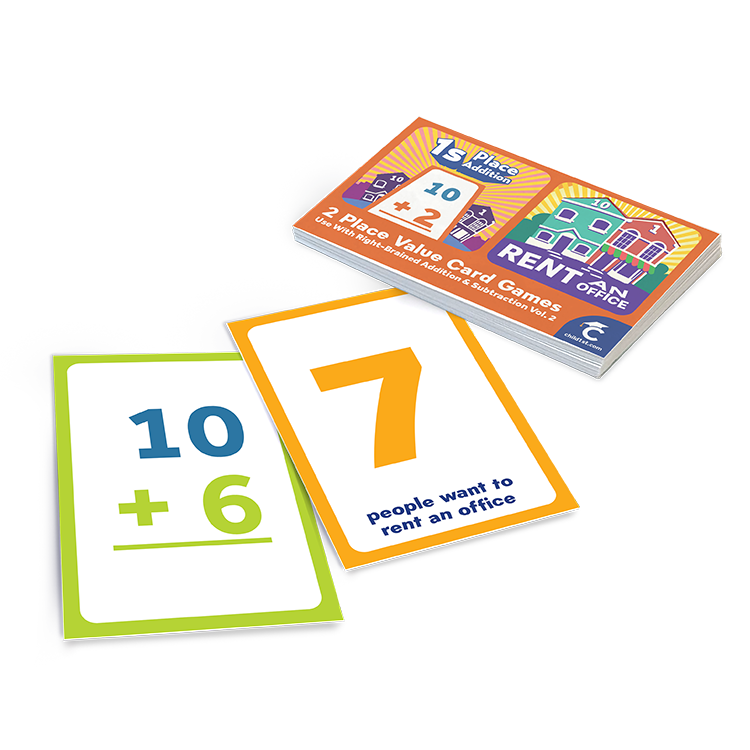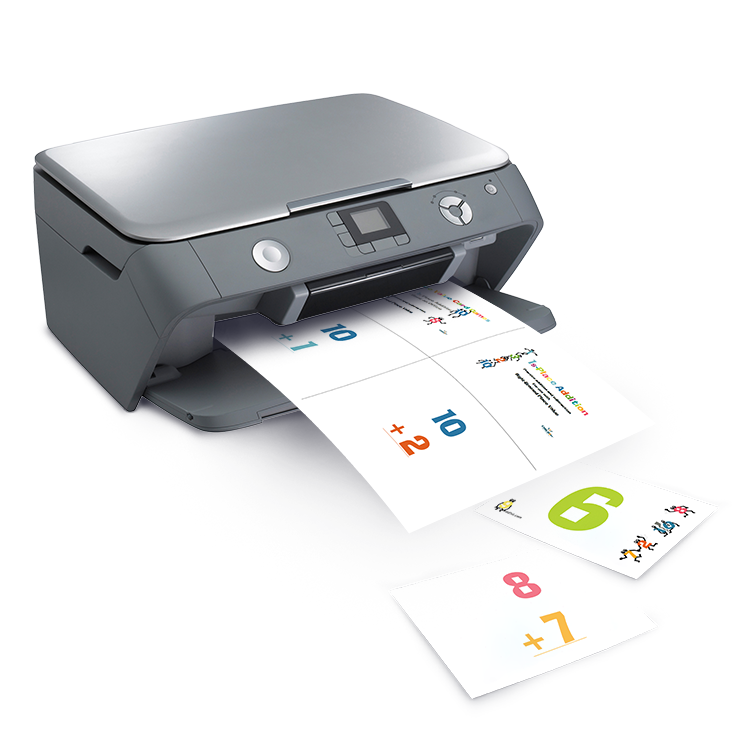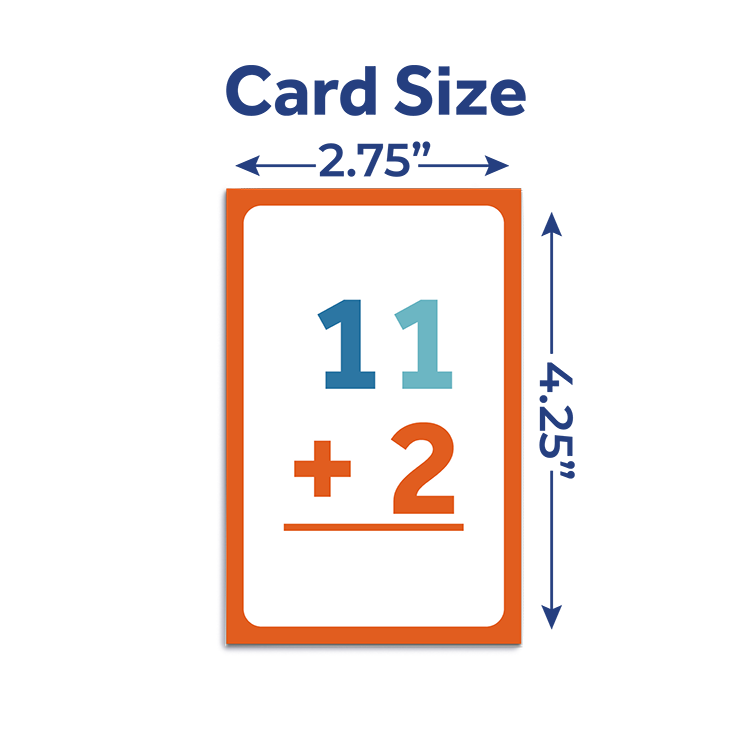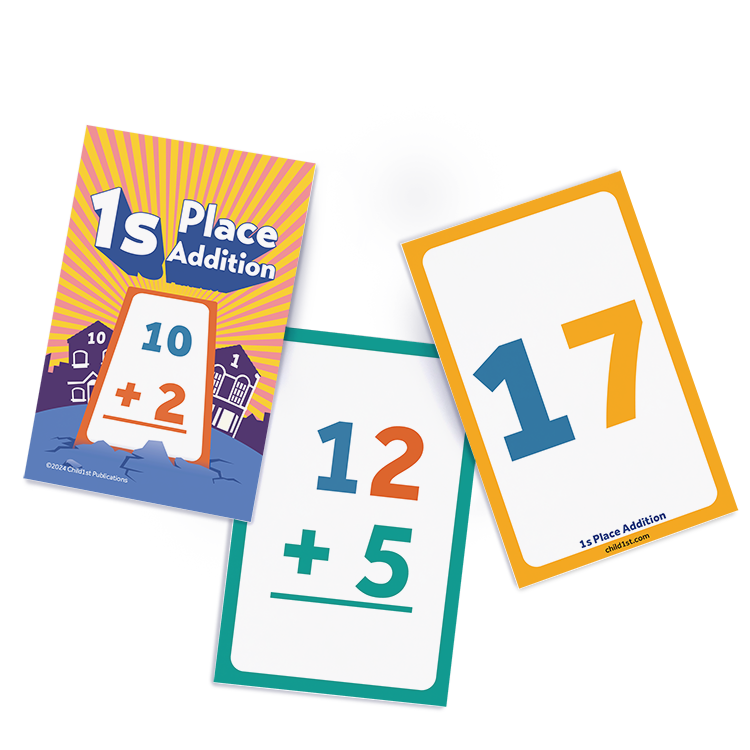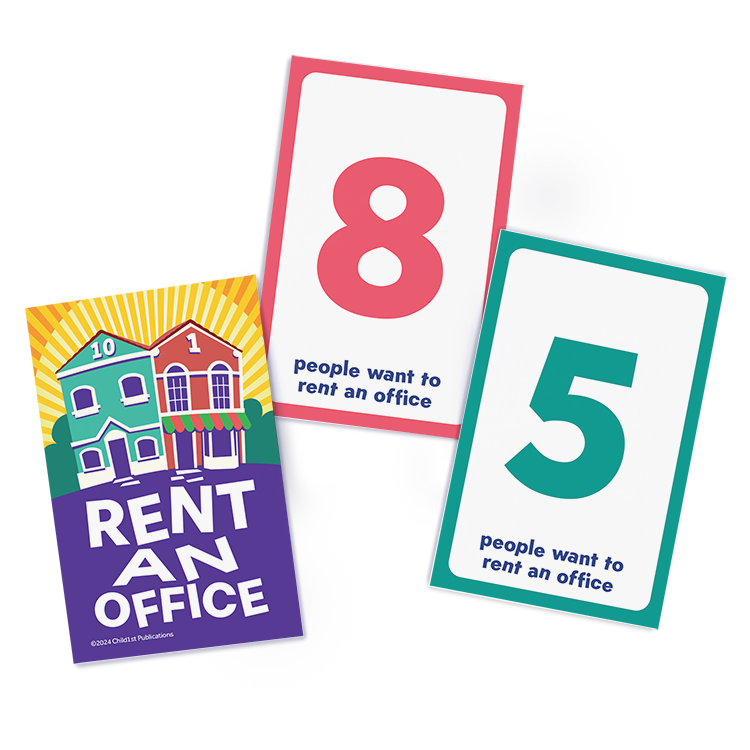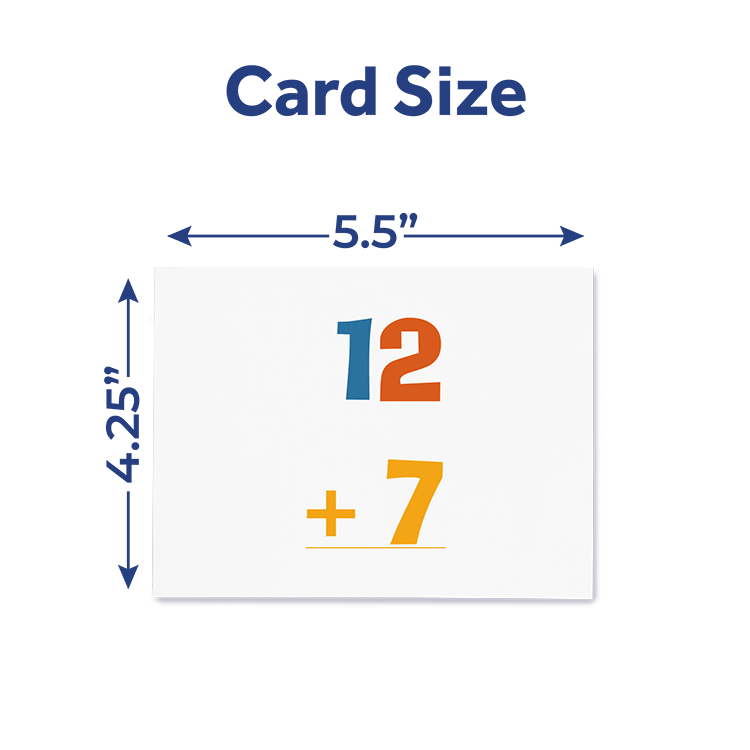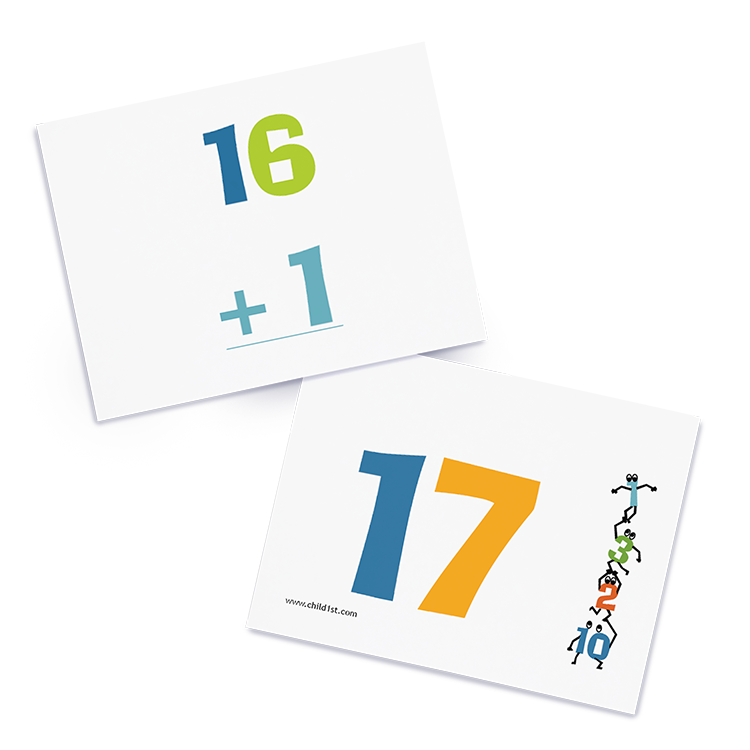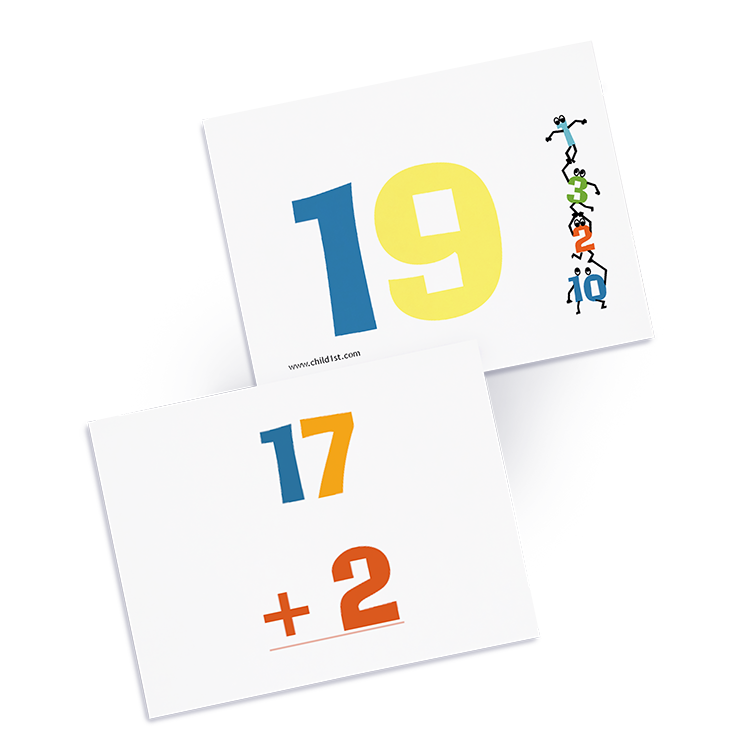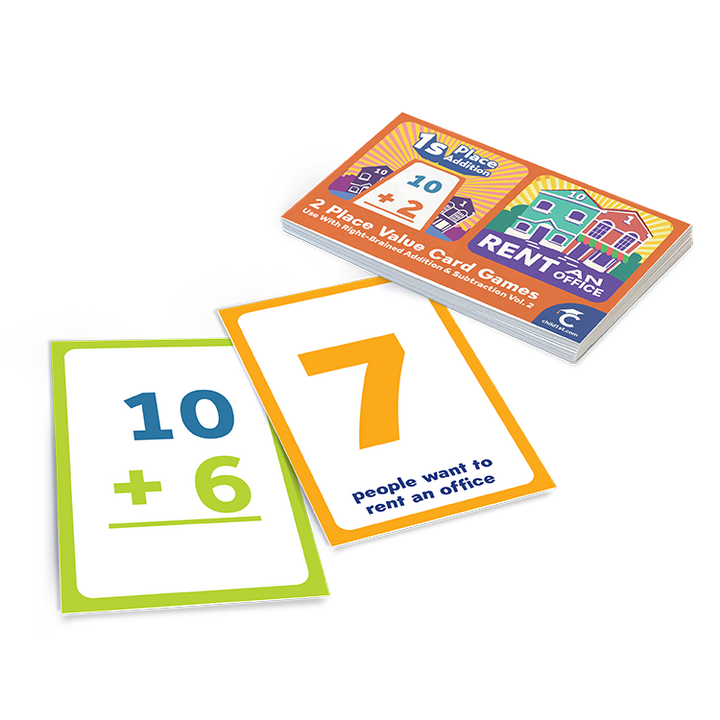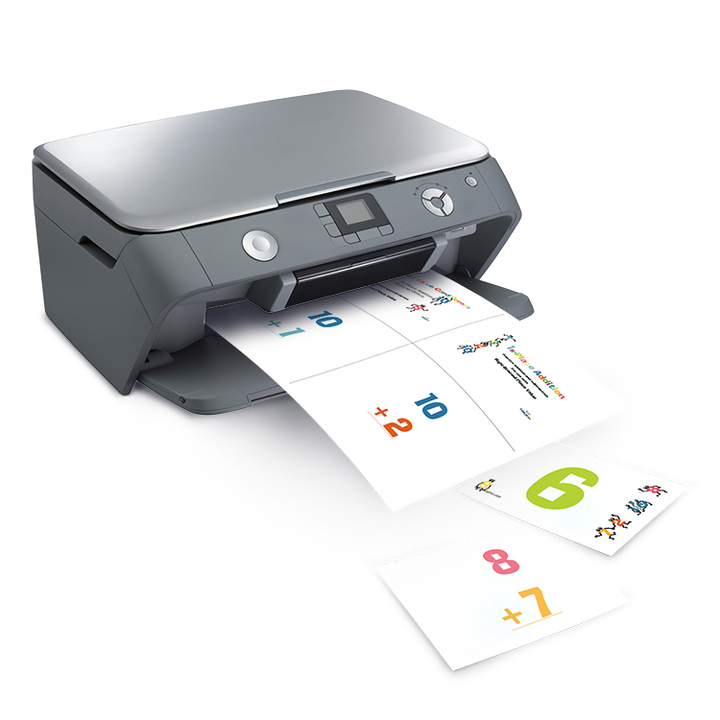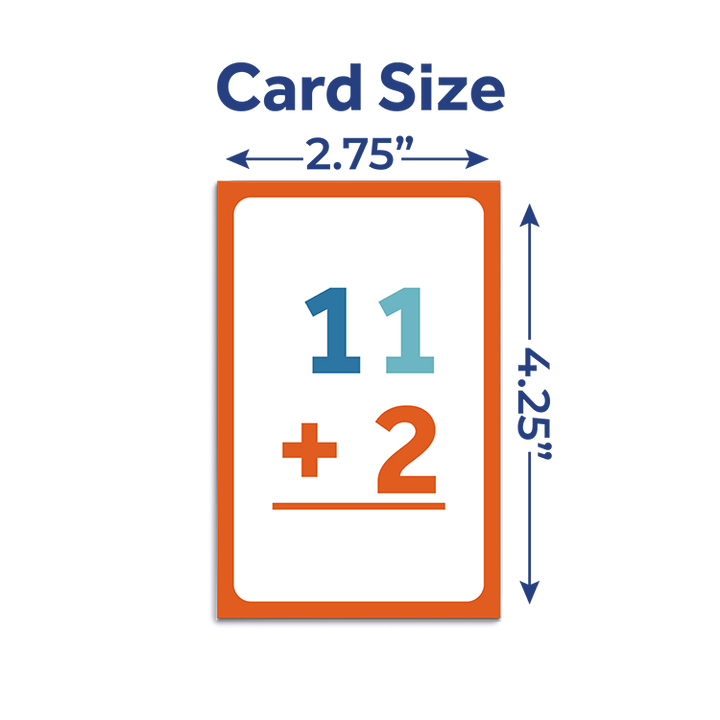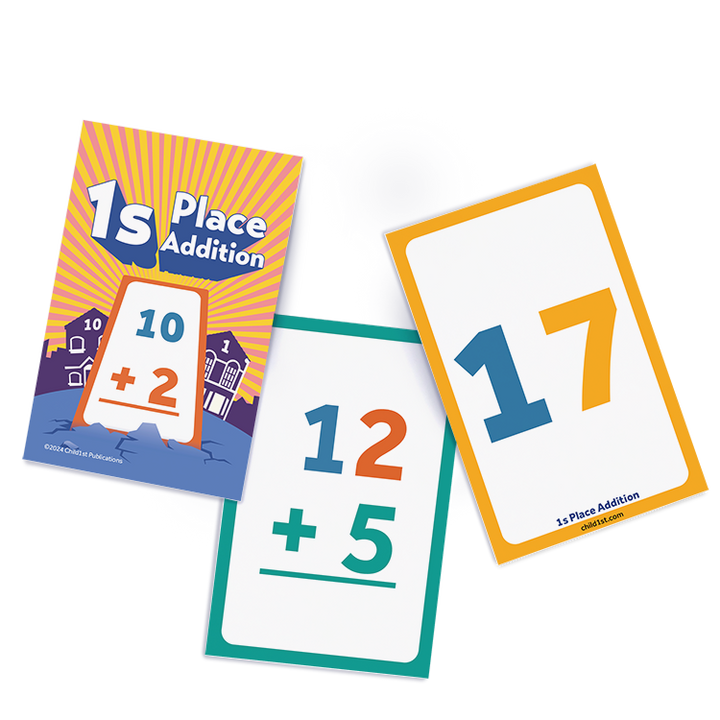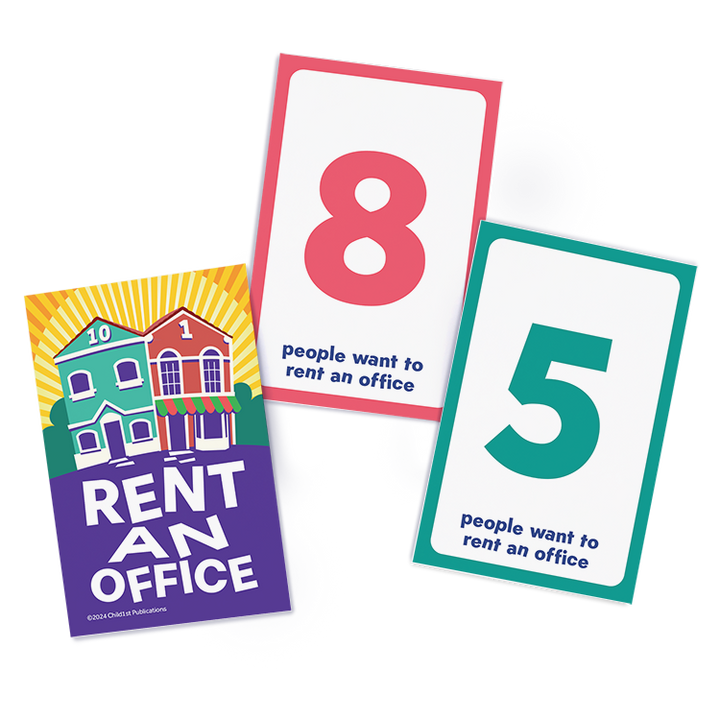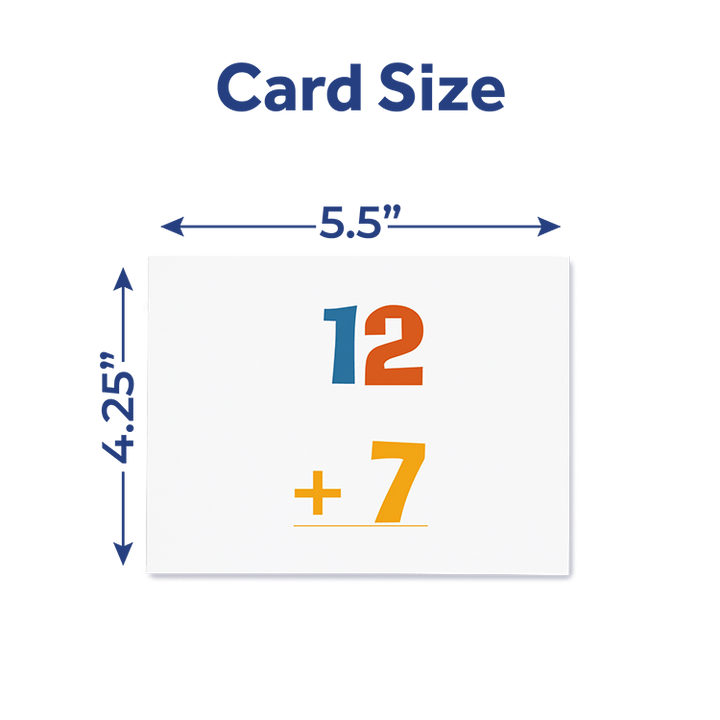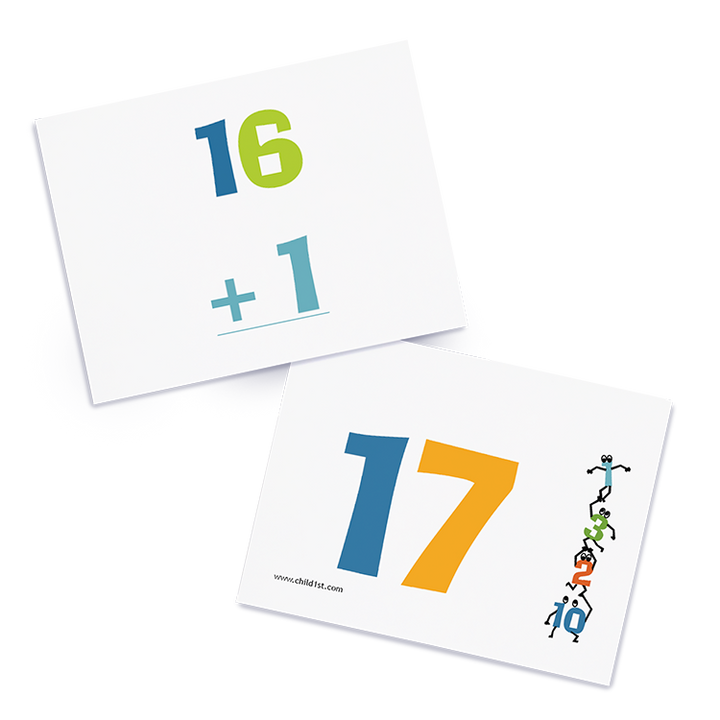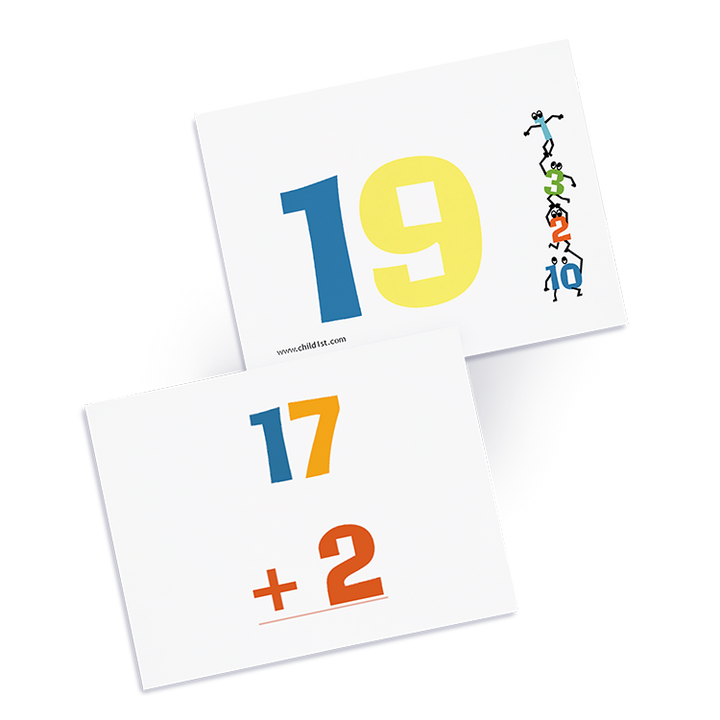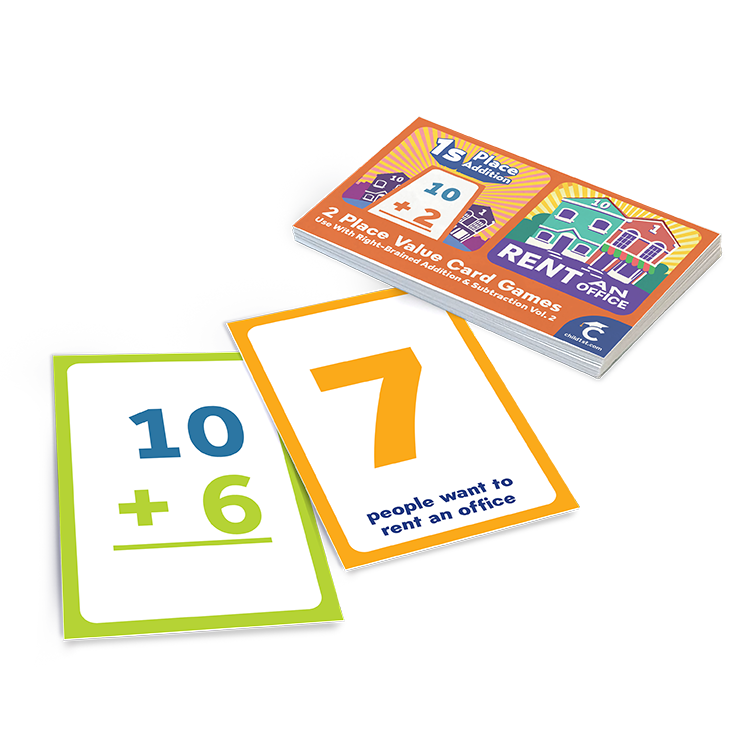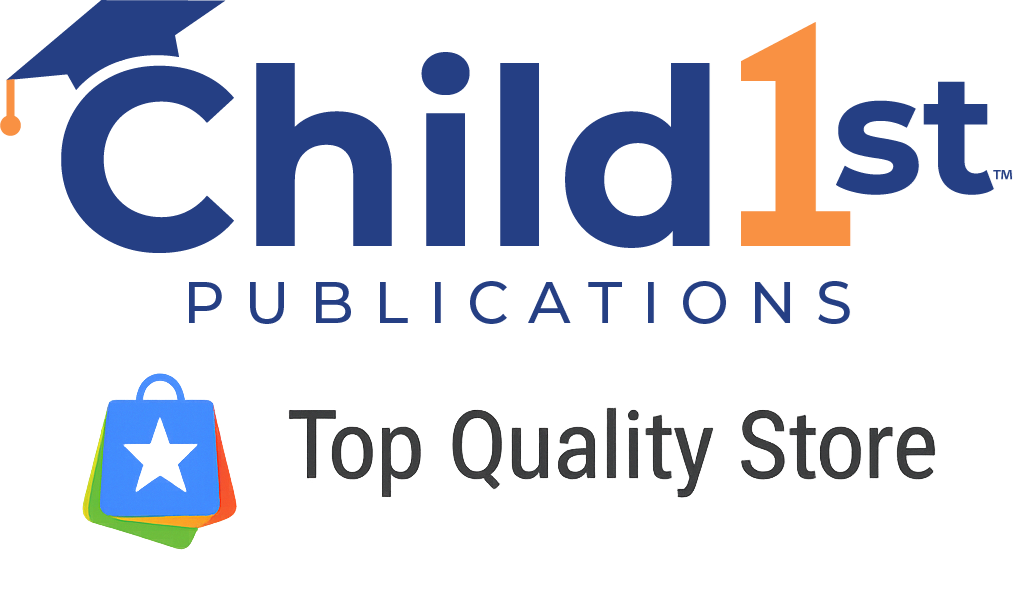Welcome to Adding 1s Cards, an exciting addition to your math toolkit! These cards are tailored to complement Right-Brained Addition & Subtraction Vol. 2, offering a dynamic way to reinforce essential math skills. With "1s Place Addition" and "Rent an Office" game cards, children embark on a journey of interactive learning.
In "1s Place Addition," children tackle simple sums that focus solely on adding in the 1s place, providing a foundational understanding without the complexity of making a ten. Meanwhile, "Rent an Office" invites players to practice the crucial skill of bundling, or "making a ten," followed by moving the bundle of ten to the next place.
Designed for self-checking and brimming with vibrant colors, these cards make math practice both enjoyable and effective. The color-coded numbers serve as visual cues, aiding children in understanding and retaining math concepts effortlessly.
With Adding 1s Cards, math practice becomes an engaging adventure where learning is not only meaningful but also fun!
What’s Included
60 full color Adding 1s Cards with two-sided lamination for extra durability.



